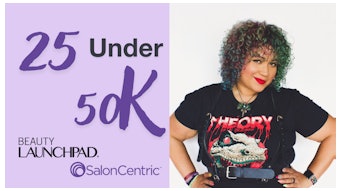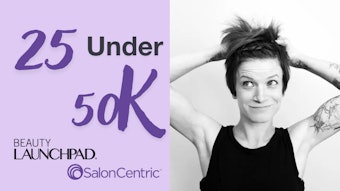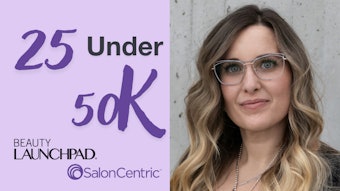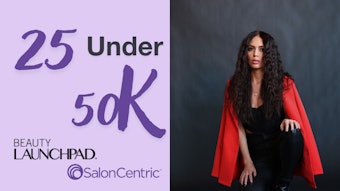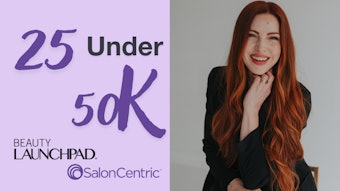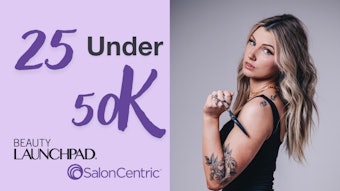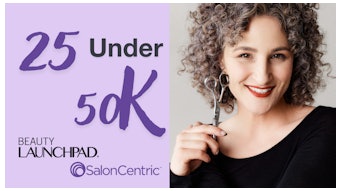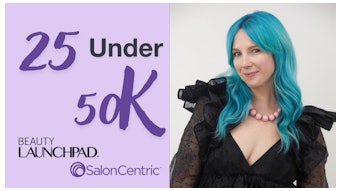
As a business owner, you’re always on the lookout for new and innovative ways to bring more business in to the salon. You may have tried social media, or perhaps you’ve invested in some digital marketing tools. But what about search engine optimization (SEO)? Indeed, SEO can be a powerful tool for generating more traffic—if you know how to use it. Read on to learn how you can start using SEO to your advantage, as well as a few pitfalls to watch out for.
Log in to view the full article
As a business owner, you’re always on the lookout for new and innovative ways to bring more business in to the salon. You may have tried social media, or perhaps you’ve invested in some digital marketing tools. But what about search engine optimization (SEO)? Indeed, SEO can be a powerful tool for generating more traffic—if you know how to use it. Read on to learn how you can start using SEO to your advantage, as well as a few pitfalls to watch out for.
SEO is the act of listening to what the online community is telling us that they want, serving up solutions tailormade to our learnings, then continuing to monitor and improve rankings; they search, we listen. Users tell us what they want through their daily search habits, both individually and as a collective community. When we pay attention, we learn a ton about wants, desires, behavior and spending—and can tap into those learnings to direct behavior toward our brands, our businesses and the content we produce.
Optimizing for Google search involves activities designated as on-page and off-page. Simply put, tactics that happen on your own website (on-page) and then on other web properties (off-page). Best practices employ both on- and off-page work, but let’s start with a few on-page tips:
- First, conduct keyword research to determine which keywords have the highest relevancy to your business, the biggest volume and the lowest difficulty. Researching and then strategically choosing your keywords is the essential building block for strong SEO. Your goal is to get Google to recognize your site as an authority, so choosing words that are relevant to your audience, your business and that you stand a chance to rank for, is vital. Try to avoid going after really difficult keywords that already have a saturated market, and don’t pick just one or two keywords. Find a handful of keywords that are meaningful for your business.
- Create a list of new pages to build or to rebuild, developing the architecture of your site. High-value content that is constructed around your chosen keywords must be integrated into the foundation of your website. This typically involves core service pages as well as additional blog content. Remember, SEO is a marathon and not a sprint, so figure out a content plan and start building it month by month.
- Fix technical issues, optimize page speed, as well as implement tags and directives properly for better indexing. Tapping a professional to help you with this step (if you’re not technically inclined) is ideal. At my firm, Brandettes, we usually spend the first month working with a new brand fixing and fine-tuning the backend of their site before we start the off-page SEO efforts.
- Create quality and unique text and graphic content. Google looks for sites exhibiting authority, so offering highly engaging and information-rich content is a big part of what determines a site’s ranking. Spend time creating quality content.
- After optimizing your website, reach further. There is a chance that your salon’s information is already listed on many citation websites, including those you might manage, like Google Business and Yelp. That’s great! You just want to make sure that wherever you’re listed, your name, address, phone number and services offered are correct with no spelling errors, old addresses or anything inconsistent. Google does not like inconsistency. It’s a small yet often overlooked activity that helps establish an organized and consistent online presence that contributes to ranking well on Google, especially for local businesses.
- The next (and most involved) step is to start building authority via backlinks. Off-page SEO is like the digital version of your social circle—it’s a network of links that continually validate to Google that your business is real, relevant and high quality, and it’s key to increasing your page’s URL rating.
- Create private blog networks (PBN) for backlink-building activities. With the right targeted content, blog networks can be simple and effective tools to help build authority.
- Engage in backlink outreach to gain more links from guest posting websites, directory listings, influencer blogs, etc. While more labor intensive, networking with local media, trade publications and influencer blogs for guest posting opportunities can yield tremendous results. Getting exposure to an audience outside your own, while earning a link, is truly the best of both worlds.
- Create content for backlink-building purposes with the help of a copywriter, designer or artificial intelligence (AI). Creating content can be time-consuming, but an SEO-trained copywriter can be worth their weight in gold. And if you’re ready to try AI on for size, we like Jasper for its ease and high-quality writing style.
- Build link wheels targeted at specific pages on your website. A more advanced strategy used by professionals, a link wheel is a networked group of sites that link together to demonstrate greater authority.
Take some time to up your digital game or tap a professional resource to help you make it happen. Choose the right keywords, build pages for those keywords and get links to those pages. With more guests using digital tools to discover their next favorite salon, SEO is an essential tool that can set you apart from the competition.

